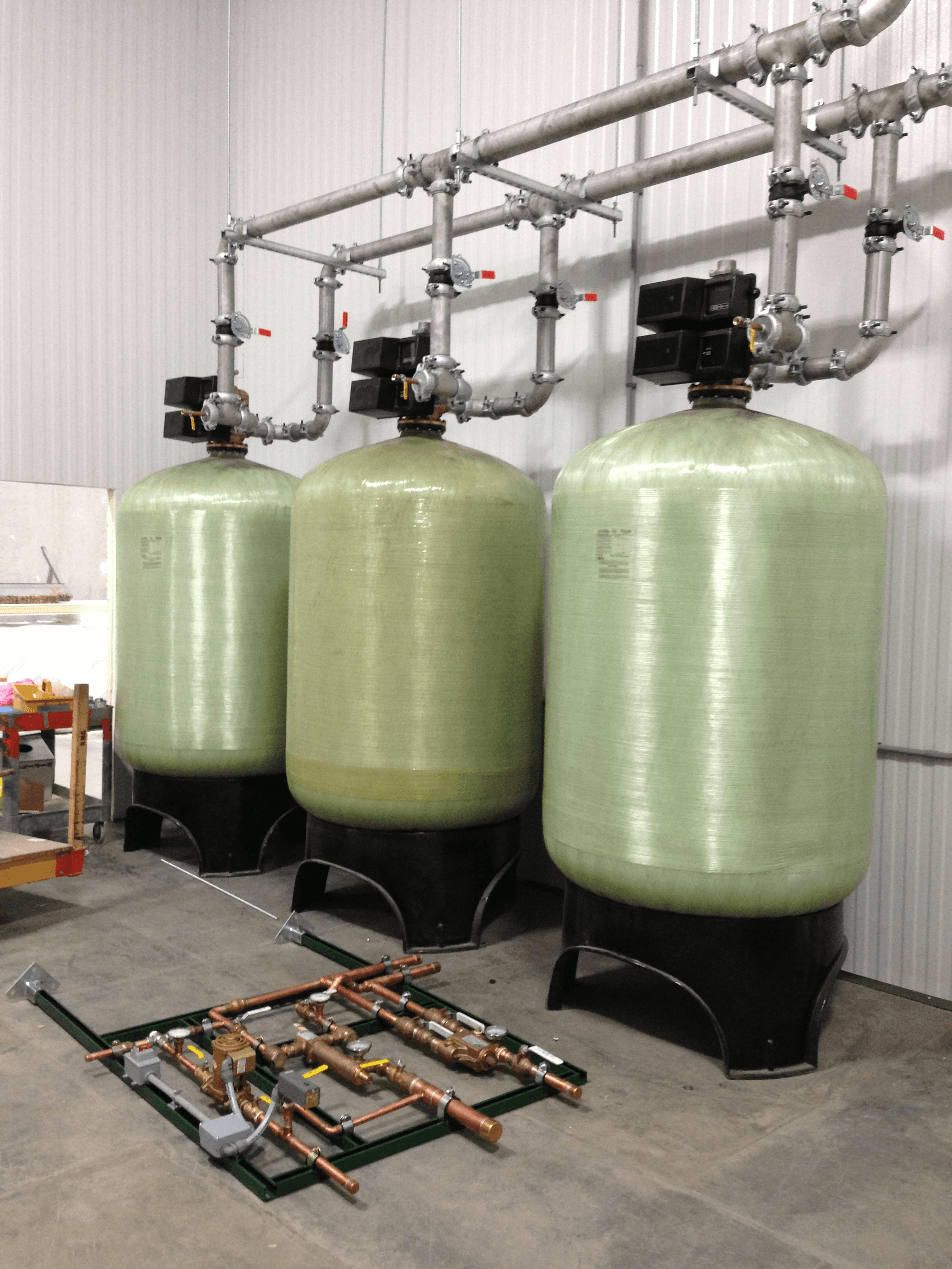How to replace RO membranes?
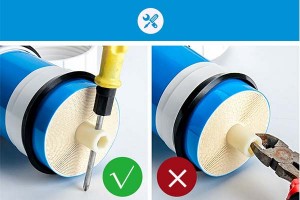
Instructions for RO membrane with pictures, please see more here
+ Cause:
– Due to the water pump short circuit.
– Due to the voltage applied to the water pump is too high, it is not intended for use.
– Due to the water pump operating in a state of no water supply for too long, it will lead to burning of the seal, when the seal is damaged, water will enter the electric motor compartment, resulting in a not working.
– Due to water pump seal failure.
– Due to damaged thermal relay, the pump cannot be automatically disconnected.
– The pump is flooded.
And there are many other reasons…
+ Remedies:
Q : When should I use a booster pump?
A :Booster pump suitable for families who need to use it without an overhead water tank, or the height is not enough to create pressure. The machine will automatically suck water in the tank, pipe, pump directly into the device. Depending on the actual needs to use more or less, choose the capacity accordingly
Question : Let me ask, I recently bought a Nation pump, but when running, because I put the machine in my house, it makes too much noise, I want to ask if I want to make a glass box or a wooden case to cover it, If it doesn’t make noise, is it okay, does it get hot, the pump takes about 45 minutes each time. Thank you!
Answer: The Nation pump runs quite well, smoothly, and durable. In your case the machine is ringing, you need to check the following points:
Question : My house is in the central area of Hanoi, but the problem of domestic water is a dilemma, the house on the upper floor, wants to pump water’, had to use a 250w water pump to suck, but today it was. are not. Whenever you can, just pump yourself, when it’s full, it will automatically shut off and have an indicator light. And when the pump can’t be pumped, the machine will not run for 5, 6 hours => too bad. Now I want to make a temperature sensor, when the machine runs for a long time, it will heat up to 60 -> 70 degrees, then the sensor will close. 1 relay, but whatever the relay does, you can think about it later. I don’t know anything about electronics, can y
ou help me?
A : In my opinion, using a current sensor or a temperature sensor is also not possible. Because the:
Question: My family works in farming and aquaculture – seafood, due to work requirements, now I need to buy a slurry pump. Please advise me on how to buy a slurry pump . I thank you!
A : According to the documentation, the selection of the pressure head of the slurry pump depends a lot on the speed of the slurry being pumped in the pipe. If the speed is higher, the head is also larger. When the speed is greater, the required head when pumping mud increases proportionally to the head when pumping water, the coefficient of increase can increase up to 20 times the head compared to water pump. The min boost factor is 4.
Learn more about pump selection, please refer here
Learn more about how to choose a diaphragm pump for slurry pumping, please refer here
1. What is negative pressure?
To answer the question what is a negative pressure level, let’s have a general understanding of pressure.
Negative pressure in English is called “negative pressure” and a sound pressure gauge is called “negative pressure gauge”
Negative pressure is also known as vacuum negative pressure. Vacuum pressure is also known as vacuum degree. Negative pressure is calculated in many different types of units such as: Torr, Pa, mBar, mmHg [abs] … this is a measure of the pressure of the amount of matter present in a certain space.
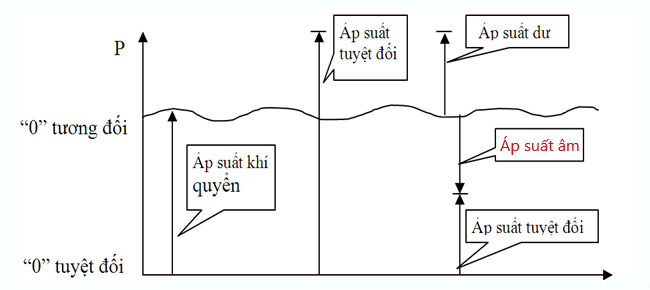
2. How does negative pressure affect the water filtration system?
When the negative pressure occurs inside the filter system, especially for the FRP filter tank, there will be a dent if the sound pressure is large enough, or if the sound pressure is smaller, it will cause the tank body to rise. down many times cracks the glass fiber layer, the process takes place many times over time, it will cause the filter tank to leak water
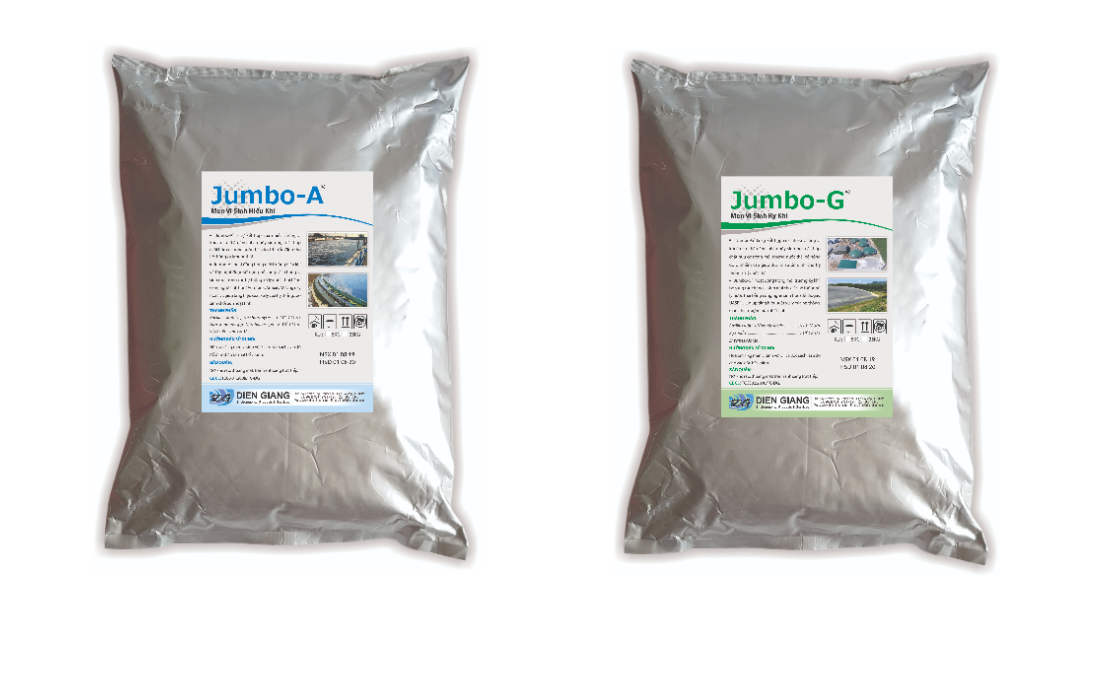
Dosage of Jumbo probiotics is calculated as follows:
1. Dosage:
| No. | Probiotics | Quantity | Volume of clean water | Volume of wastewater treated |
| 01 | Jumbo-A | 01 kg | 5 lít | 2 m3 |
| 02 | Jumbo-G | 01 kg | 5 lít | 2 m3 |
How to install then distributor for FRP tank 4inch base
- The top-mount installation type is the installation of the filter valve directly on the mouth of the filter tank
- The side-mount installation type is the filter valve side tank .mounting type
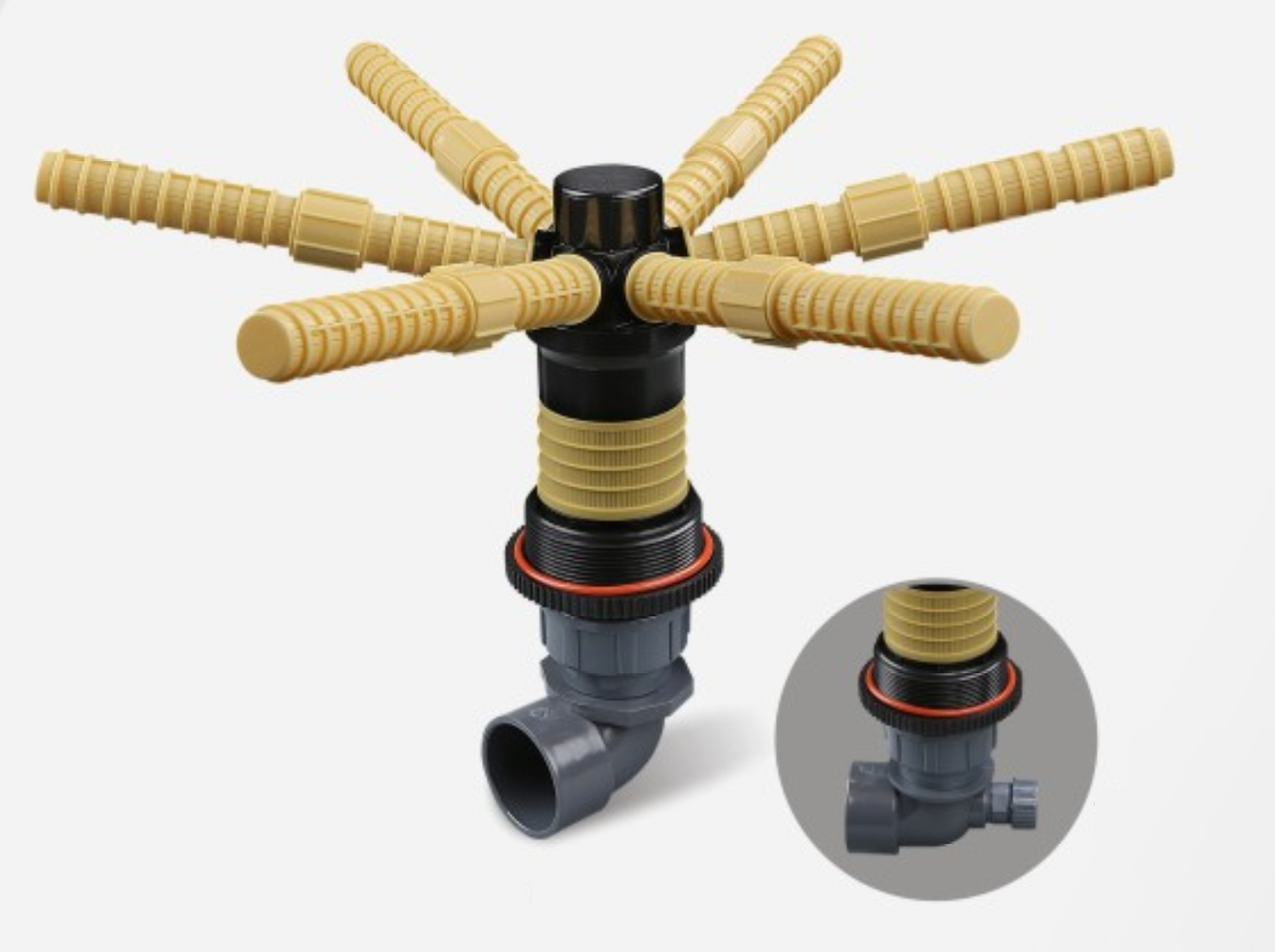
Learn more about how to install the filter, please refer here
1. Definition of TDS:
TDS stands for Total Dissolved Solid, which represents the total concentration of substances dissolved in water. TDS is made up of inorganic salts, as well as small amounts of organic matter. Common inorganic salts that can be found in water include calcium, magnesium, potassium, and sodium, all of which are cations, and carbonates, nitrates, bicarbonates, chlorides, and sulfates, all of which are anions. Cations are positively charged ions and anions are negatively charged ions.
2. Causes of high TDS in water?
3. What happens when the domestic water with TDS index is high?
What is pH in water? What pH is good for drinking water?
1. Definition of pH:
2. What pH is safe for drinking water??
The United States Environmental Protection Agency (EPA) is responsible for monitoring the quality of public drinking water throughout the United States. pH is not a quality regulated by the EPA as it is considered the aesthetic quality of water. However, the agency recommends that municipal drinking water suppliers keep their water at a pH between 6.5 and 8.5, similar to the pH threshold for drinking water in Vietnam.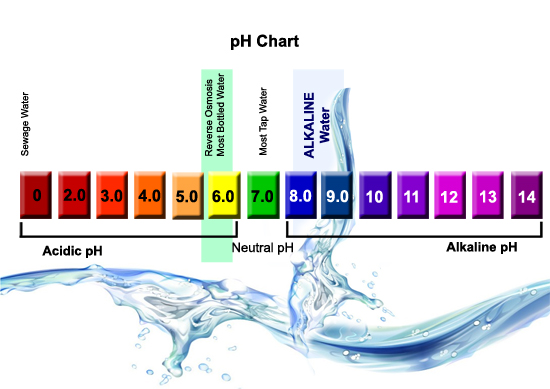
3. What does a changed or unsafe pH mean?
The filter media is the part of the filtration system that separates unwanted particles from the solution to be filtered. The type of material selected to be used in the filter tank depends on the quality of the inlet solution and the quality requirements of the output solution.
In general, filter media are very diverse, each type plays a goal in the filtration process. We list some common filter media types as follows to include in the worksheet:
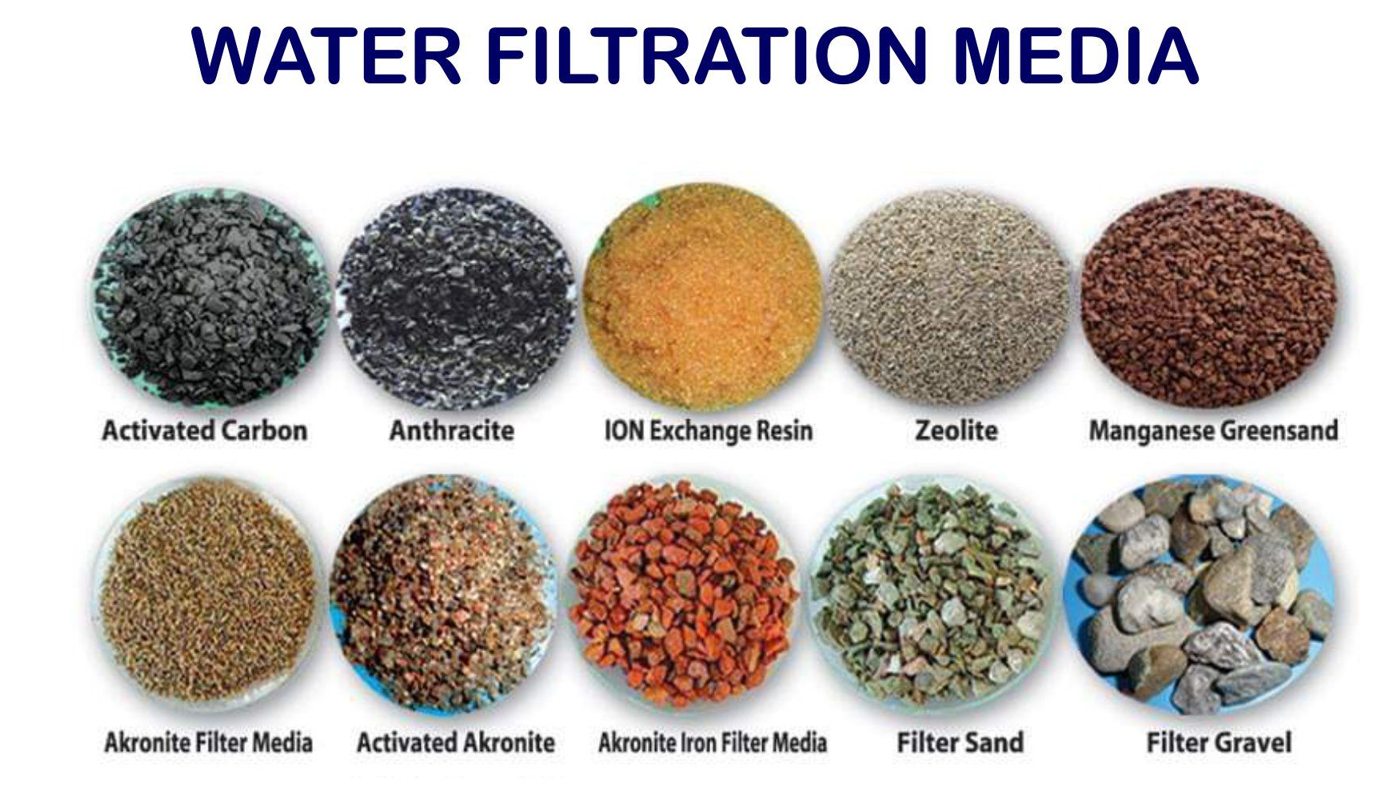
How to maintain an efficient RO system?
During the use of an RO (reverse osmosis) filtration system, the membrane will become contaminated and deposit residue. If it is not cleaned for a long time, it will affect the life of the RO membrane. So when we use an RO system, we must regularly check, clean, and maintain the reverse osmosis system properly.
How often is the reverse osmosis filtration system cleaned?
There is no uniform standard for the cleaning time of reverse osmosis system, but when the following situations occur in our reverse osmosis system, we need to carry out membrane cleaning of the reverse osmosis system reverse:
4. Contamination or scaling confirmed.

Due to the different pollution situation, the type of detergent must be selected according to the quality of the incoming water. Another method is to take out one or two membranes to check the cleanliness to find the most suitable detergent from which the most suitable cleaning chemical can be selected to ensure the cleaning effect. Reverse osmosis equipment is not only used alone, but can also be combined with other equipment to produce ultrapure water, high purity water, etc. to meet the water needs of other industries. together.
Is a high RO recovery rate good? How much of this adjustment is reasonable?
The higher the recovery rate of the reverse osmosis membrane system, the better?
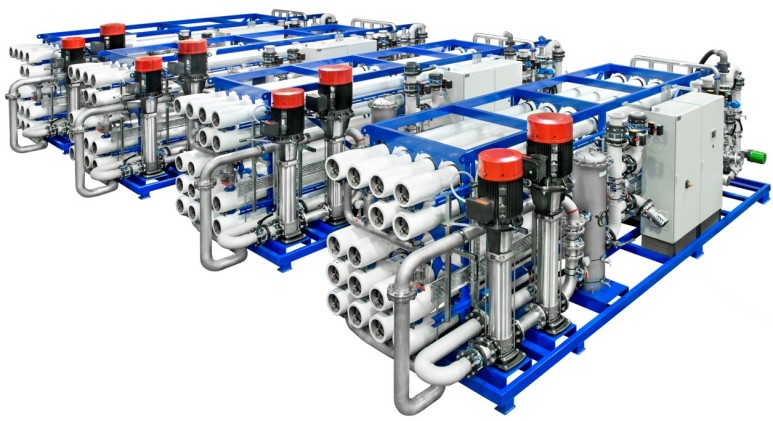
1. What is the recovery rate of reverse osmosis membrane system?
Recovery rate refers to the percentage of water input in the membrane system that is converted to finished water. The recovery rate of the system is influenced by many factors such as the quality of the feed water, the number of membranes and the arrangement of the RO membranes according to the original design.
Small scale reverse osmosis equipment has a small number of membranes and a short water supply process, so the overall system recovery rate is low. Due to the large number of RO membranes in combination and the use of RO housings containing multiple membranes, which prolongs the water supply to each membrane shell, the actual system recovery rate is generally above 75%, and sometimes even reach 90%.
See more articles on how to adjust RO . system recovery rate
How to install filter distributor 6inch for FRP filter tank?
1. What is the top-mount installation type and top-mount distributor for 6inch base?
- The top-mount installation type is the installation of the filter valve directly on the mouth of the filter tank, for example as shown in the following figure.:
